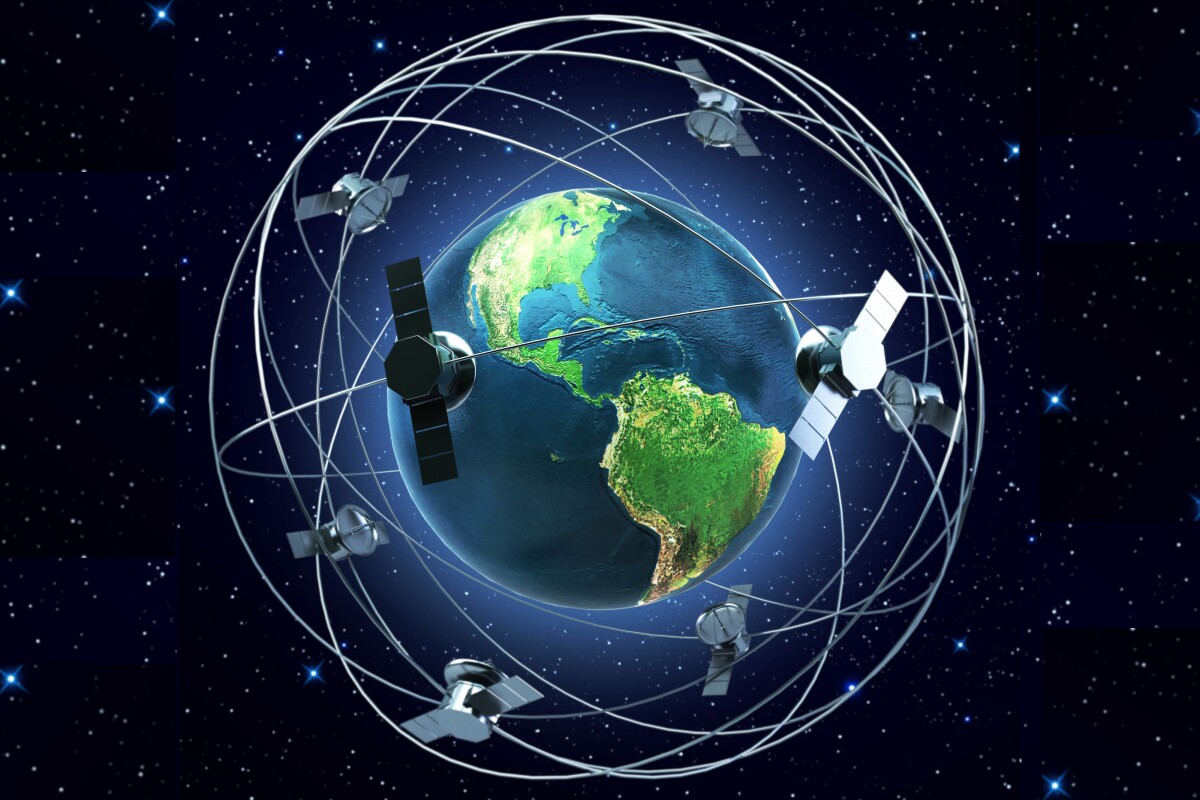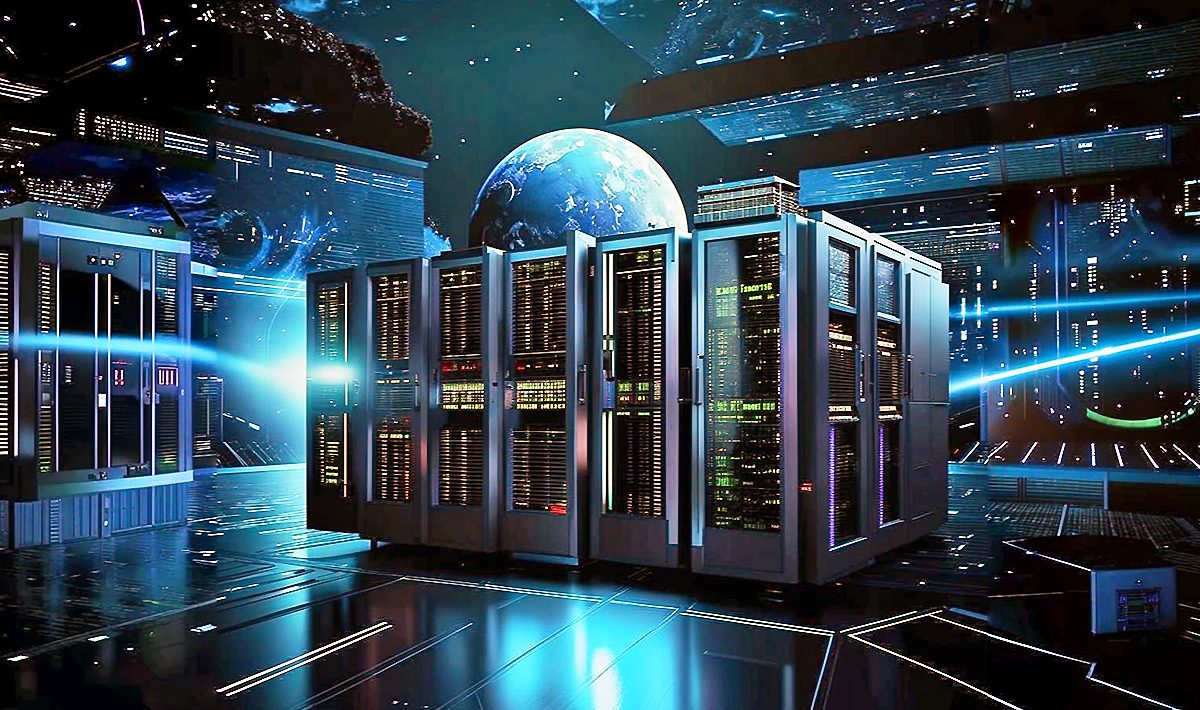During Italian Tech Week, the founder of Amazon predicted that we would be building data centres in space within the next 20 years
In the next two decades, we will see gigawatt-scale data centres orbiting the Earth. Or at least that is the prediction made by Amazon and Blue Origin founder Jeff Bezos. He said this during his speech at Italian Tech Week in Turin, where he was able to strike up a conversation with John Elkann, chairman of Ferrari and Stellantis.
Bezos’ proposal.
Space data centres would harness solar energy 24 hours a day, with no clouds, rain or night cycles to interrupt the supply. According to Bezos, these ‘giant training clusters’ of artificial intelligence would be more efficient and, eventually, more economical than terrestrial facilities. ‘We will be able to overcome the cost of terrestrial data centres in space in the coming decades,’ he said.
Why this is being discussed now.
The demand for AI infrastructure is becoming a major drain on the planet. Current data centres consume massive amounts of electricity and water to cool their servers, a problem that is exacerbated with each new artificial intelligence model. Faced with this pressure, big tech companies are exploring alternatives: from locating them on ships or in Nordic countries to sinking them in the ocean. And of course, if we have capacity problems on land, some tech companies are already thinking about sending them into space.
The technical advantages.
In space, temperatures range from -120°C in direct sunlight to -270°C in the shade, which would greatly simplify the cooling of the equipment. Constant solar energy would eliminate dependence on terrestrial power grids. Bezos sees this development as “the natural evolution” of a process that began with weather and communications satellites. ‘The next step will be data centres and then other types of manufacturing,’ he explained.

The real challenges.
As pointed out by Tom’s Hardware, building a one-gigawatt space data centre would require solar panels covering between 2.4 and 3.3 million square metres, with an estimated weight of 9,000 to 11,250 metric tonnes in photovoltaic material alone. Transporting all that equipment into space would cost between £13.7 billion and £25 billion with current technology, requiring more than 150 launches. Added to this is the difficulty of maintenance, upgrades and the inherent risk of space launches.
The parallel with AI.
Bezos compared the current state of artificial intelligence to the dot-com bubble of the early 2000s. ‘We should be extremely optimistic about the social and beneficial consequences of AI,’ he said, although he warned of the possibility of speculative bubbles. His message: do not confuse possible market excesses with the reality of technological advances, whose benefits he believes ‘will spread widely and reach everywhere.’
When will it become a reality?
Bezos puts the time frame ‘at more than 10 years, but no more than 20.’ Today, the project is commercially unviable, but his vision is based on the premise that launch costs will continue to fall and the technology will mature. It remains to be seen whether, two decades from now, part of our digital infrastructure will be in orbit, beyond what already exists.





